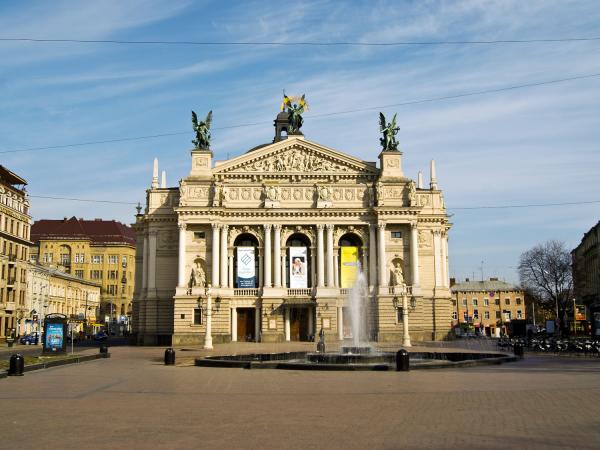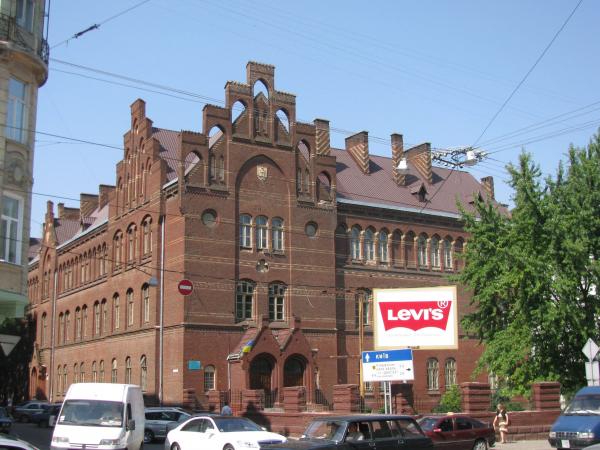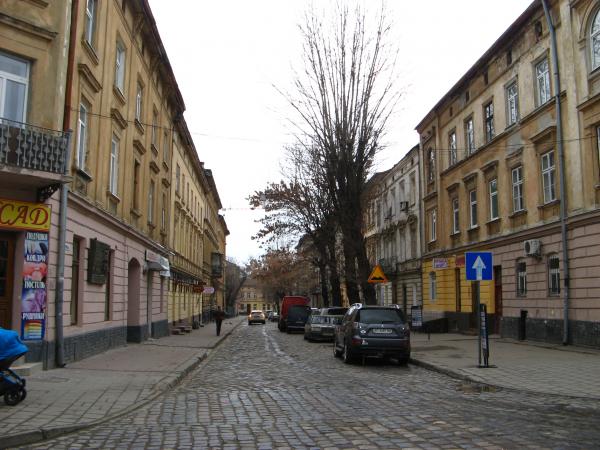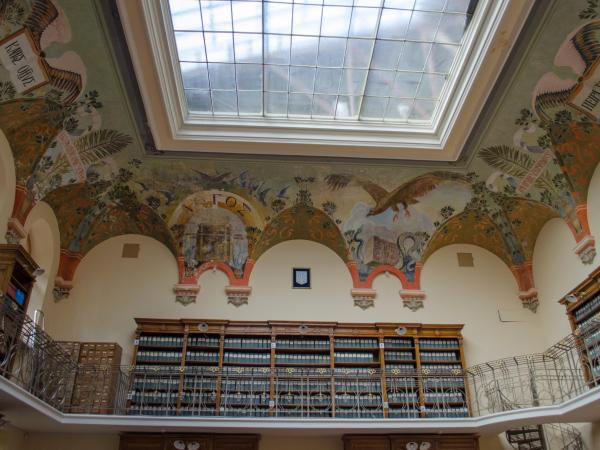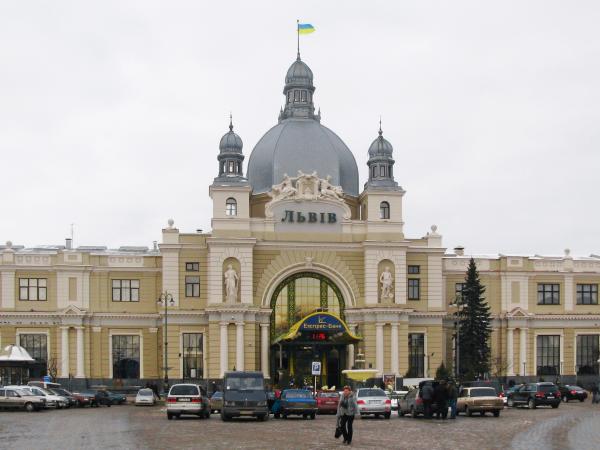
L'viv is the historical capital of Galicia and Western Ukraine. It is a big cultural, political and religious centre of Ukraine.
L'viv was founded in the mid-13th century by Prince Danylo Romanovych near Zvenyhorod which had been named after his son Lev. In 1260s, Lviv became the capital of the Principality of Galicia-Volhynia.
Today Lviv has an area of 155 sq km. The core is the city of the 14th to 18th centuries. The core is densely built up with tall stone buildings, many of them in their original style.
The most imposing part of L'viv includes Shevchenko prospect and Horodetska street, with many public buildings, hotels, cafes, stores and banks in 19th and 20th century styles.
L'viv is a very scenic city with varied vegetation. There are a lot of picturesque parks in the city. The Lychakiv Cemetery, which contains some famous monuments to noted Ukrainian and Polish residents of L'viv, and the Yaniv Cemetery with other 200 graves of fighters for Ukraine's independence, resemble parks.
The oldest monument in L'viv consists of the foundation and walls of St. Nickolas's Church, built by Prince Lev Danylovych in the 13th century. The remnants of Vysoky Zamok date back to the 13th century. There is a great number of the medieval churches built in the Byzantine Romanesque style in L'viv.
Lviv is the only city in Ukraine that still has some original Renaissance architecture. The finest examples of the style are the Dormition Church and the Chapel of Three Saints and some other buildings.
The main monuments in the city are to A. Mickiewicz, I. Franko, V. Stefanyk, Fedorovych. L'viv is the leading scientific and cultural centre of western Ukraine.
It has a number of research institutes with high reputation, higher educational establishments, theatres and libraries.
Why Lviv?
Lviv is an important education centre of Ukraine. The city contains a total of 12 universities, 8 academies and a number of smaller schools of higher education. In addition, within Lviv, there is a total of eight institutes of the National Academy of Science of Ukraine and more than forty research institutes. These research institutes include the Centre of Institute for Space Research; the Institute for Condensed Matter Physics; the Institute of Cell Biology; the National Institute of Strategic Studies; the Institute of Neuro-mathematical Simulation in Power Engineering; and the Institute of Ecology of the Carpathians.
In Soviet times, the city of Lviv was the location where the software for the Lunokhod programme was developed. The technology for the Venera series probes and the first orbital shuttle Buran were also developed in Lviv.
A considerable scientific potential is concentrated in the city: by the number of doctors of sciences, candidates of sciences, scientific organisations Lviv is the fourth city in Ukraine. Lviv is also known for ancient academic traditions, founded by the Assumption Brotherhood School and the Jesuit Collegium. Over 100,000 students annually study in more than 50 higher educational establishments.
